OPX as you know, is a workforce management solution, or as it is also known, a Back Office Work Force optimisation (BOWFO) solution. OPX keeps track of the incoming demand and the resources that carry out the work, allowing a myriad of Operational intelligence to be created in a real time basis, looking at historic data and trends, or projecting the future capacity requirements.
But did you know it can also be used by the Business Architects and Change Managers in your organisation?
Operational Change is hard and it poses challenges in many different phases. At a high level the phases in a change management project are:
1. Identify candidate areas for change
2. Gather measurements and evidence that the areas chosen are problem areas and can be improved
3. Run a pilot
4. Finish with the benefit realisation reporting
OPX can support, simplify and enhance your Operational Change.
Identifying the changes required
OPX dashboards allow you to create a wealth of reports and these can be created at various levels including:
* Process Level
* Activity Level
* Product
* Plan or Product version
So, to identify the problem areas, simply gather the statistics from OPX about the FTE required per Process and Activity and potentially do the same with Product and Plans.
Cost benefit analysis
Equipped with this intel, you can now create a dashboard that also has included your average cost of an administrator fully loaded for a year. By fully loaded we mean adding in the managerial and office overheads etc. So for example an administrator costing £16,000 per year may equate to a fully loaded cost at £30,000.
Take the average number of days worked having removed Absence, Sickness and Holidays (ASH) and we might for example have 200 days, so the cost per day is £30,000 / 200 = £150 per day.
Now decide if you need to calculate this for days, months or years, but for simplicity let’s stick with years.
Now you can create a OPX dashboard with columns for:
-Process name
-Number of Cases per year
-Cost of the process in FTE years ( the sum of each activity count * AHT / 60 /24/12)
-Actual cost of Processing ( FTE cost per year x £30,000 )
By ordering the sheet by actual cost of processing, then we have likely candidates up near the top of the sheet. This is where all the Ops cost are going and then we should repeat the process at the activity stages for these processes in order to see the breakdown by activity. Likewise we can break down by Product or Plan (product version).
It is often the case that one step in the process is identified as taking too long and the Dashboard allows us to get a visible and accurate identification to work with IT and other departments on the change project to enhance this area of the business.
Benefit realisation
It’s easy, prior to the pilot or the real change to simply snapshot the reports and keep them safe, then after the change run them again. This probably ought to be done at a daily level and then chart the difference as a stacked bar chart showing the FTE cost by activity.
Sound useful? Need a more in depth demonstration?
Get in touch with the CM team to discover the full potential of OPX.







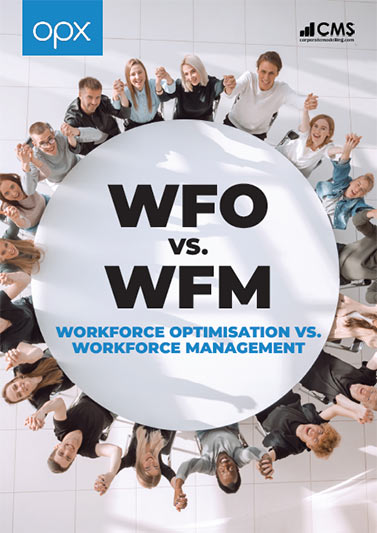 Thank you for your interest in our whitepaper. You can download Workforce Optimisation vs Workforce Management by clicking the button below.
Thank you for your interest in our whitepaper. You can download Workforce Optimisation vs Workforce Management by clicking the button below. Thank you for your interest in our case study. You can download the HCL IBS Case Study by clicking the button below.
Thank you for your interest in our case study. You can download the HCL IBS Case Study by clicking the button below.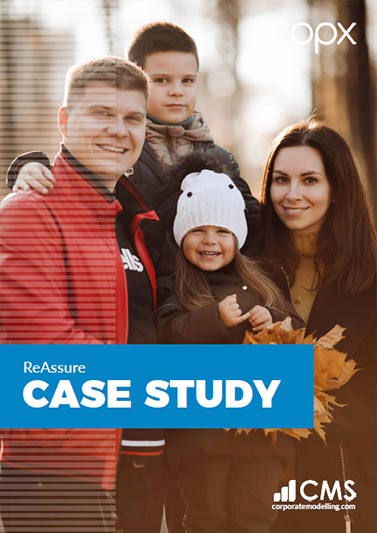 Thank you for your interest in our case study. You can download the ReAssure Case Study by clicking the button below.
Thank you for your interest in our case study. You can download the ReAssure Case Study by clicking the button below. Thank you for your interest in our case study. You can download the Student Loans Case Study by clicking the button below.
Thank you for your interest in our case study. You can download the Student Loans Case Study by clicking the button below. Thank you for your interest in our case study. You can download the Principality Building Society Case Study by clicking the button below.
Thank you for your interest in our case study. You can download the Principality Building Society Case Study by clicking the button below.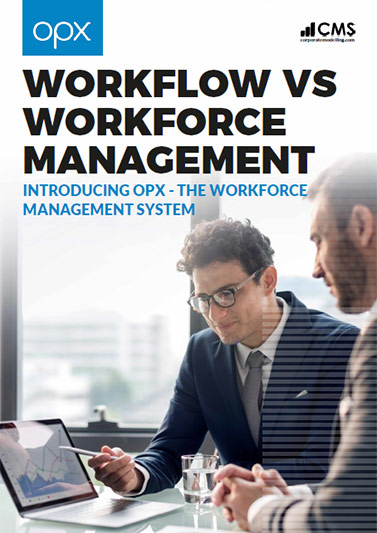 Thank you for your interest in our whitepaper. You can download WorkFlow vs WorkForce Management by clicking the button below.
Thank you for your interest in our whitepaper. You can download WorkFlow vs WorkForce Management by clicking the button below. Thank you for your interest in our whitepaper. You can download Homeworking in Financial Services Operations by clicking the button below.
Thank you for your interest in our whitepaper. You can download Homeworking in Financial Services Operations by clicking the button below. Thank you for your interest in our whitepaper. You can download Workforce Optimisation for the Back Office by clicking the button below.
Thank you for your interest in our whitepaper. You can download Workforce Optimisation for the Back Office by clicking the button below.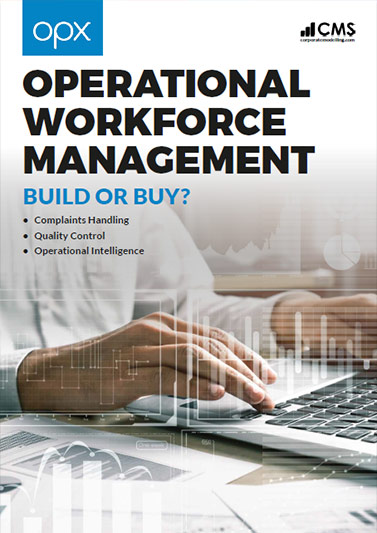 Thank you for your interest in our whitepaper. You can download Operational Workforce Management: Build or Buy? by clicking the button below.
Thank you for your interest in our whitepaper. You can download Operational Workforce Management: Build or Buy? by clicking the button below. Thank you for your interest in our whitepaper. You can download Homeworking & Back Office Workforce Optimisation by clicking the button below.
Thank you for your interest in our whitepaper. You can download Homeworking & Back Office Workforce Optimisation by clicking the button below.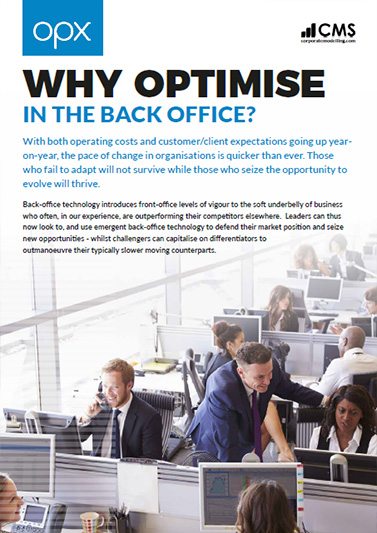 Thank you for your interest in our whitepaper. You can download Why Optimise in the Back Office? by clicking the button below.
Thank you for your interest in our whitepaper. You can download Why Optimise in the Back Office? by clicking the button below.